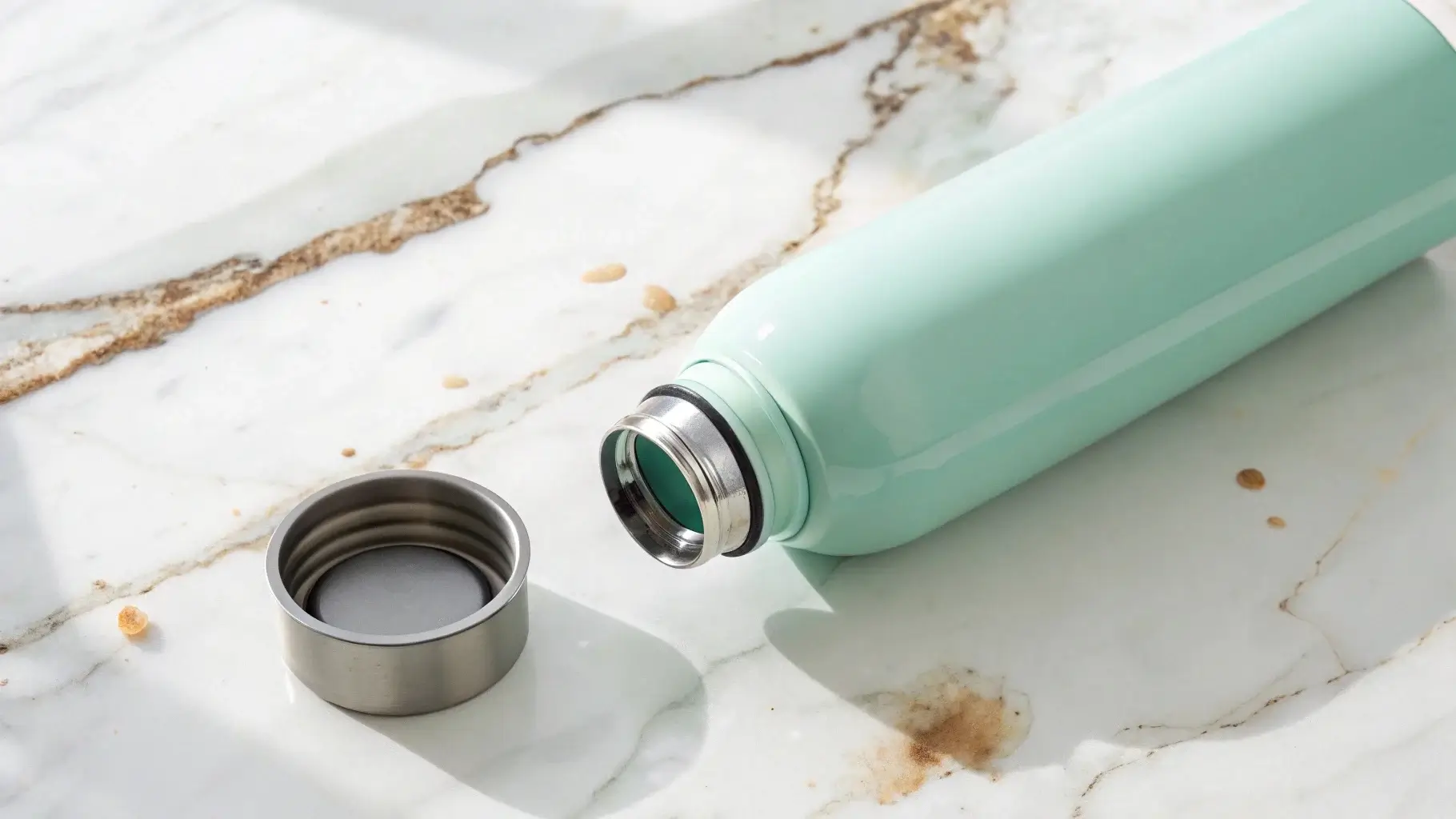
Stainless steel is a popular choice for water bottles due to its durability, sleek look, and resistance to various external factors. But does stainless steel rust? Understanding the causes and how to care for your bottle will help you keep it in top condition for years to come. In this article, we explore why a stainless steel water bottle might rust and what you can do to prevent it.
While stainless steel is resistant to rust1, it can still corrode under certain conditions. Regular care and maintenance are essential to prevent this.
Let’s dive into why rusting might occur and how to care for your bottle properly.
Why Would a Stainless Steel Water Bottle Rust?
Stainless steel is known for being rust-resistant, but it is not completely immune to corrosion. Under certain conditions, stainless steel can develop rust or staining. So, why would a stainless steel water bottle rust?
Rusting in stainless steel bottles2 can happen due to factors like exposure to extreme moisture, damage to the protective coating, or poor maintenance.
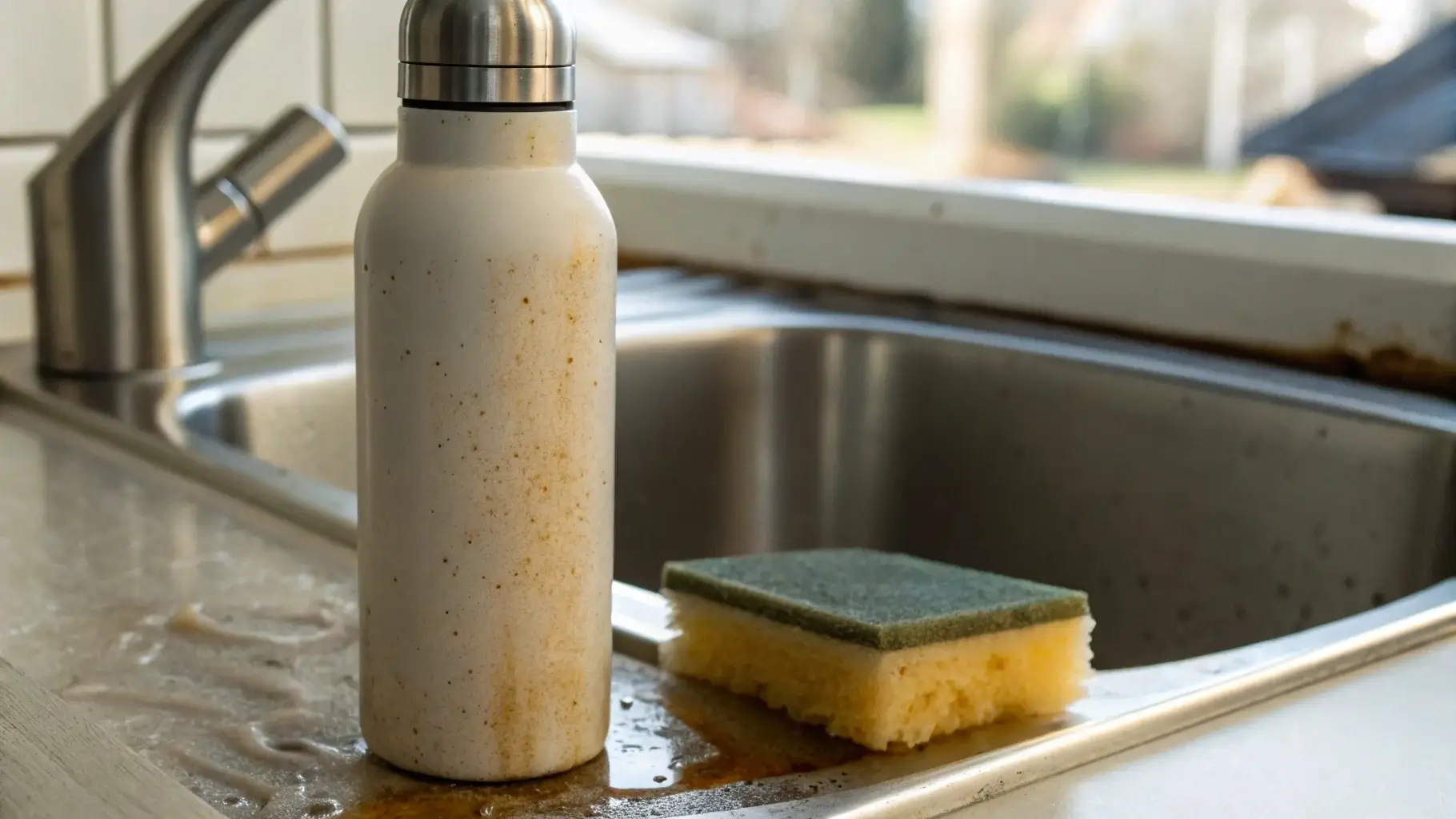
Causes of Rusting in Stainless Steel
- Exposure to Moisture: If a stainless steel water bottle is left wet or exposed to moisture for extended periods, it can begin to corrode. This is particularly true if water is left sitting in the bottle for a long time without cleaning it.
- Damage to the protective coating3: Most stainless steel bottles are coated with a protective layer that helps prevent rust. If this layer gets scratched or worn off, the metal underneath becomes vulnerable to oxidation.
- Salt or acidic substances4: Salt or acidic substances (like vinegar or citrus) can promote rusting. When these substances come in contact with your bottle, especially if the bottle isn’t cleaned properly, it can cause rust over time.
- Low-quality stainless steel5: Not all stainless steel is of the same quality. If a bottle is made from a lower grade of stainless steel, it may be more prone to rusting.
How to Prevent Rusting
- Keep it Dry: Always dry your bottle thoroughly after washing it, especially around the lid and seal area.
- Avoid Scratching: Be gentle when cleaning your bottle to avoid damaging the protective coating.
- Regular Cleaning: Clean your bottle regularly to avoid any build-up of moisture, salt, or acids that can cause rust.
Is It Bad to Leave Water in Stainless Steel Bottle?
Leaving water in your stainless steel bottle for extended periods can lead to several issues. While the bottle itself may not rust immediately, there are other concerns.
Leaving water in a stainless steel bottle6 for too long can promote bacterial growth, cause bad odors, and may lead to mineral deposits.
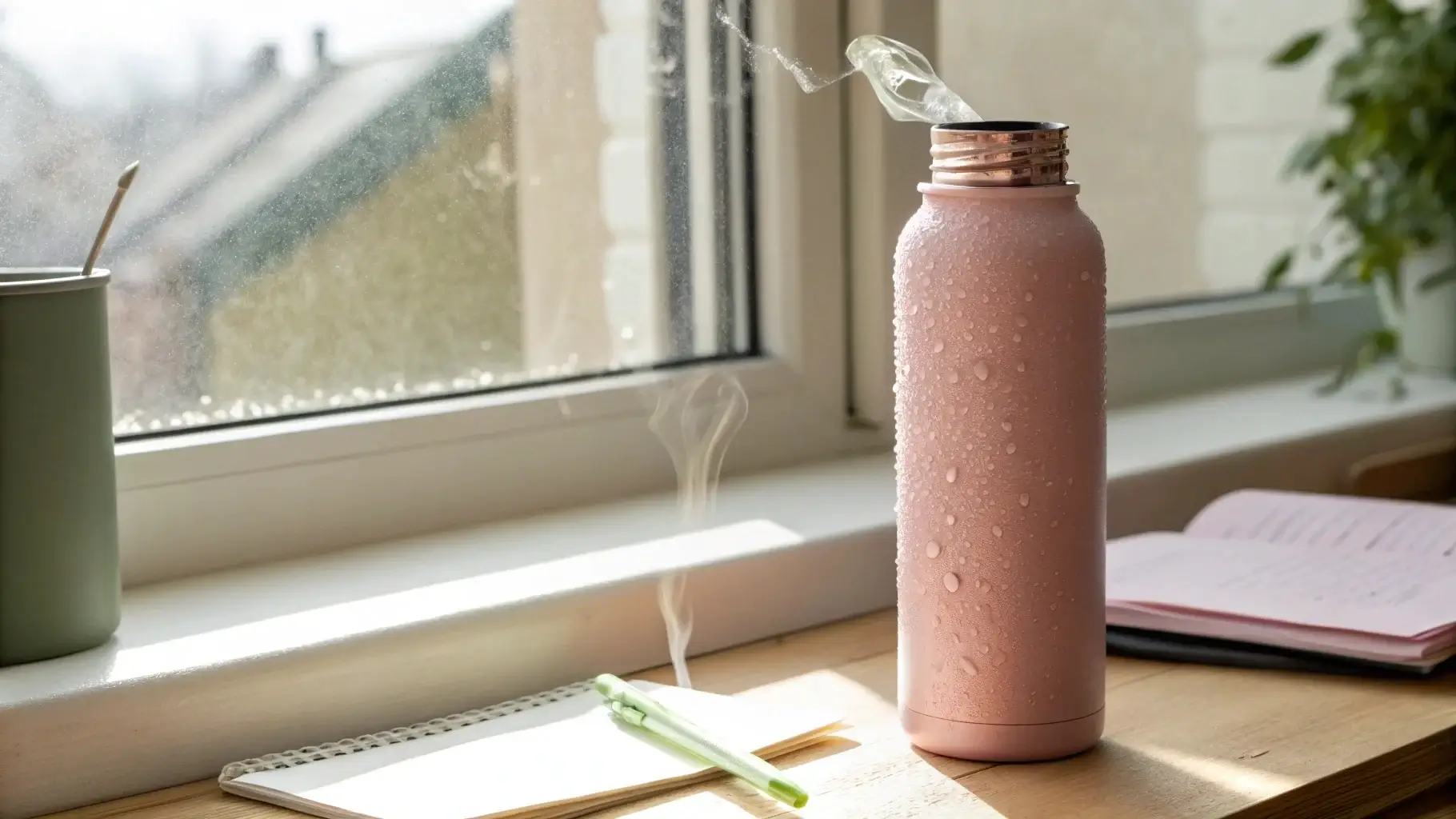
Potential Risks of Leaving Water in a Stainless Steel Bottle
- Bacterial growth7: Water left in a bottle for a long time, especially at room temperature, can create an ideal environment for bacteria to grow. This can affect the taste and safety of the water.
- Bad Odors: Over time, leaving water in a bottle can cause odors due to the growth of mold or bacteria. Even if you don't see mold, the bottle may begin to smell unpleasant.
- Mineral build-up8: In areas with hard water, minerals like calcium and magnesium can build up inside the bottle. If not cleaned regularly, these deposits can harden and become difficult to remove.
Best Practices for Storing Water in a Bottle
- Empty the Bottle Regularly: Always empty your bottle after use, especially if it’s not going to be used for a while.
- Clean Frequently: Make sure to clean your bottle regularly to prevent any bacteria, odors, or mineral deposits from building up.
- Store in a Cool Place: Store your bottle in a cool, dry place to prevent moisture accumulation.
What Are the Disadvantages of a Stainless Steel Water Bottle?
While stainless steel water bottles are highly durable and offer many benefits, they are not without their downsides. It's essential to be aware of potential disadvantages before making a purchase.
Stainless steel water bottles can be heavier9 than plastic, may be prone to dents and scratches, and may affect the taste of water if not cleaned regularly.
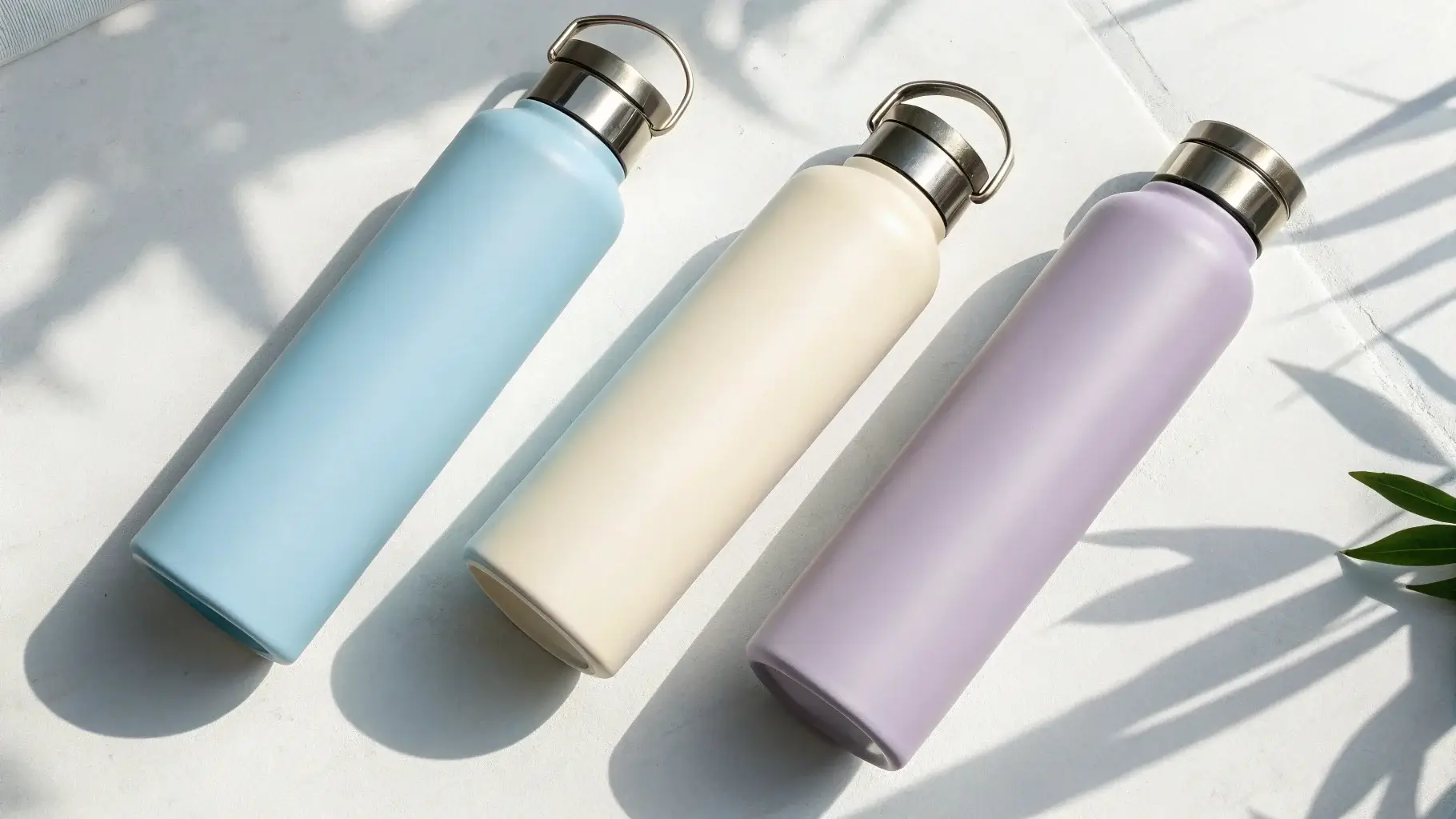
Common Disadvantages
- Heavier than plastic10: Stainless steel water bottles tend to be heavier than their plastic counterparts. This may not be a significant issue for most people, but it could be a consideration for those looking to save weight in their bags or backpacks.
- Potential for scratches and dents11: While stainless steel is durable, it can still get scratched or dented if dropped or mishandled. This can affect the appearance of the bottle and, in some cases, its functionality.
- Taste issues12: Some people find that water tastes different when stored in stainless steel bottles, especially if the bottle hasn’t been cleaned thoroughly. This is usually due to residue or contamination inside the bottle.
- Higher cost13: Stainless steel bottles tend to be more expensive than plastic bottles. While they are often seen as more durable and environmentally friendly, the initial cost can be a deterrent for some.
Mitigating Disadvantages
- Look for Insulated Bottles: If you're concerned about weight or keeping your water cool, look for insulated stainless steel bottles, which tend to be lighter and better at temperature regulation.
- Handle with Care: To avoid dents and scratches, handle your bottle carefully and use a protective sleeve or case when carrying it.
- Clean Thoroughly: Regularly clean your bottle to avoid any lingering tastes or odors.
How Long Do Stainless Steel Water Bottles Last?
A good-quality stainless steel water bottle can last for many years with proper care. But how long can you expect it to last?
A well-maintained stainless steel water bottle14 can last anywhere from 5 to 10 years or more, depending on the quality and how well it is cared for.
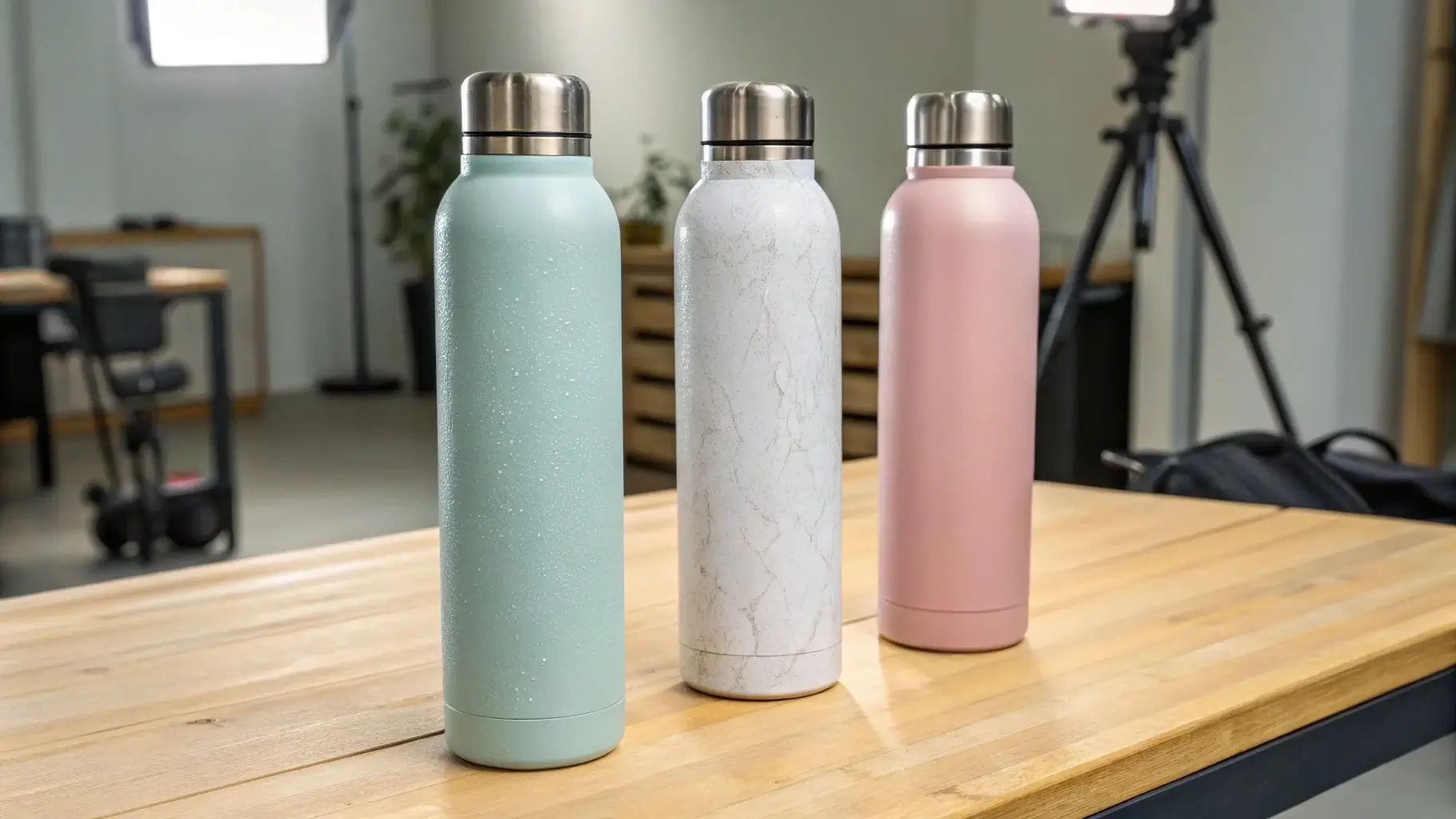
Factors Affecting the Lifespan of Stainless Steel Bottles
- Quality of material15: Higher-quality stainless steel will last longer and withstand wear and tear better than lower-grade materials.
- Care and Maintenance: Regular cleaning, proper storage, and avoiding unnecessary damage will extend the lifespan of your bottle.
- Frequency of Use: A bottle that is used frequently and subjected to more wear will naturally wear out faster than one that is used less often.
Tips for Maximizing the Lifespan of Your Bottle
- Handle with Care: Be mindful of your bottle’s care, especially when it comes to cleaning and storing it.
- Check for Damage: Periodically inspect your bottle for any signs of damage, like cracks or scratches, that could compromise its function.
Conclusion
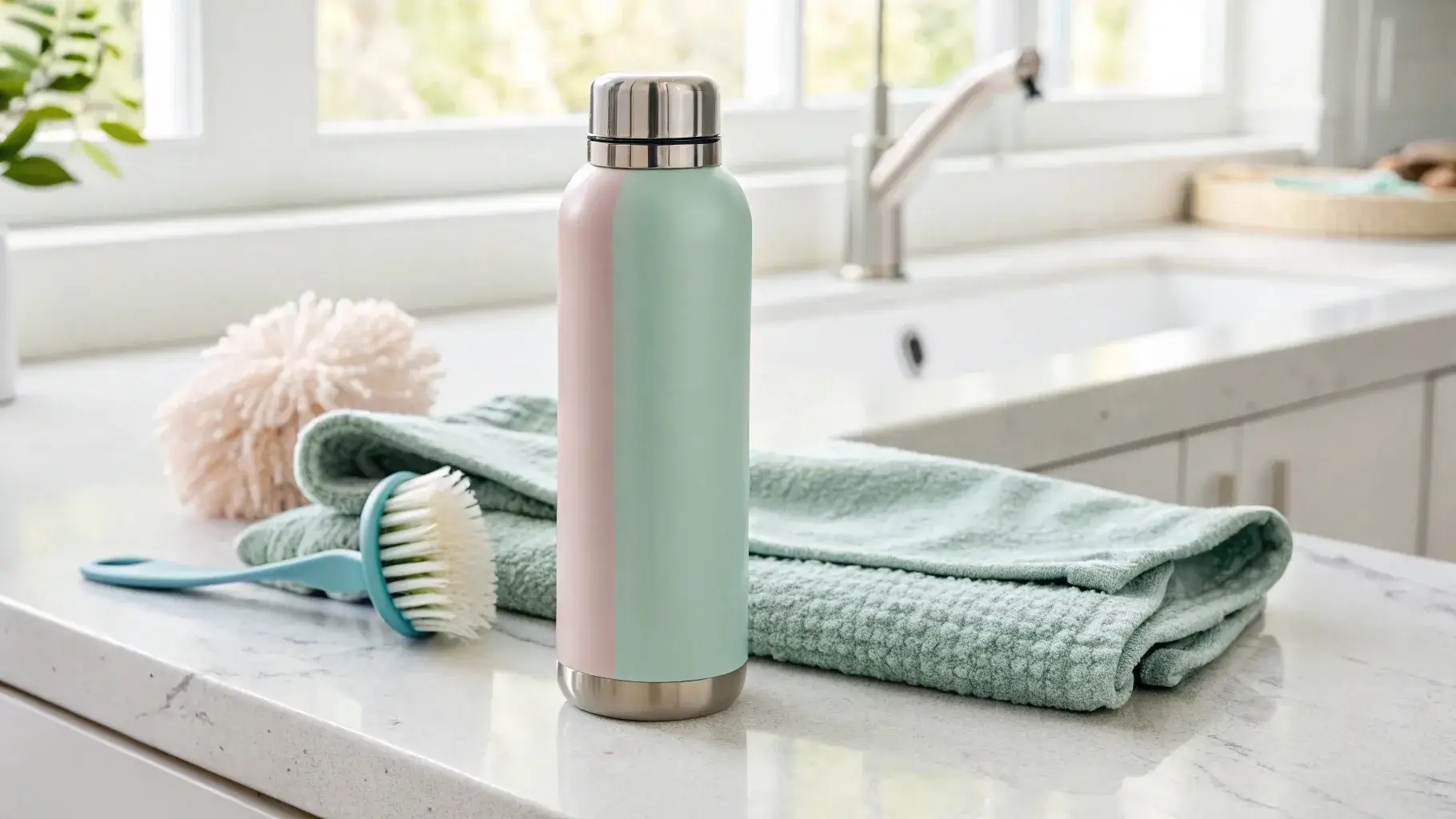
While stainless steel water bottles are highly durable, they are not immune to rust or damage. To ensure your bottle lasts as long as possible, it’s essential to follow proper care and maintenance practices. Regular cleaning, avoiding moisture buildup, and being gentle with the bottle will help keep it in great condition for many years to come.
-
Learn why stainless steel resists rust and how its composition contributes to corrosion resistance ↩
-
Overview of what causes stainless steel bottles to rust despite their corrosion-resistant reputation ↩
-
How the protective chromium oxide layer on stainless steel prevents rusting ↩
-
Explanation of how salt and acids accelerate rust formation on stainless steel ↩
-
Compare stainless steel grades and why some are more corrosion-prone ↩
-
Effects of storing water long-term in metal containers ↩
-
How bacteria multiply in stagnant water and how it affects water safety ↩
-
Why mineral deposits form in water bottles and how to clean them ↩
-
Compare the weight of stainless steel vs. plastic bottles for daily use ↩
-
Impact of bottle weight on portability and travel convenience ↩
-
Why dents and scratches matter for stainless steel bottle performance ↩
-
What causes metallic taste in bottles and how to avoid it ↩
-
Price comparison between stainless steel and plastic bottles ↩
-
Factors that influence the longevity of stainless steel bottles ↩
-
How stainless steel grade and build quality affect lifespan ↩

